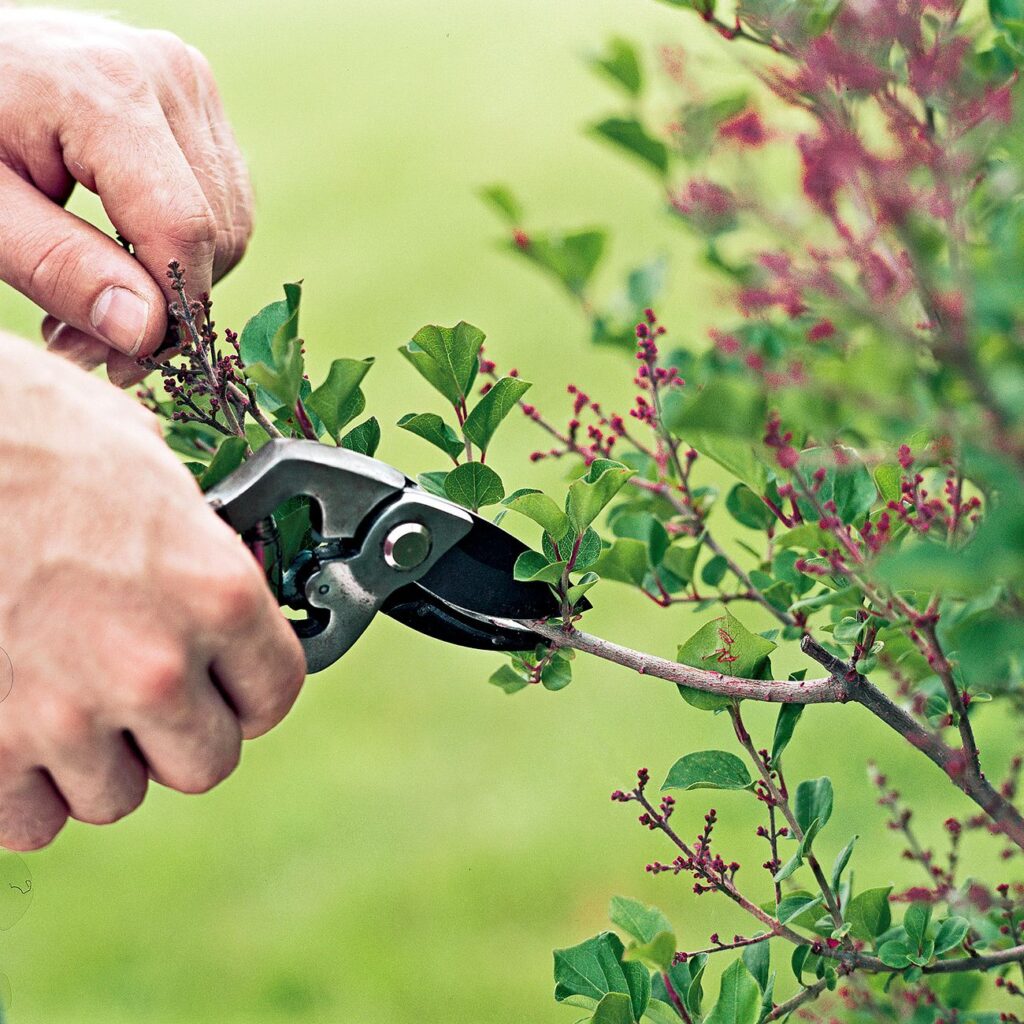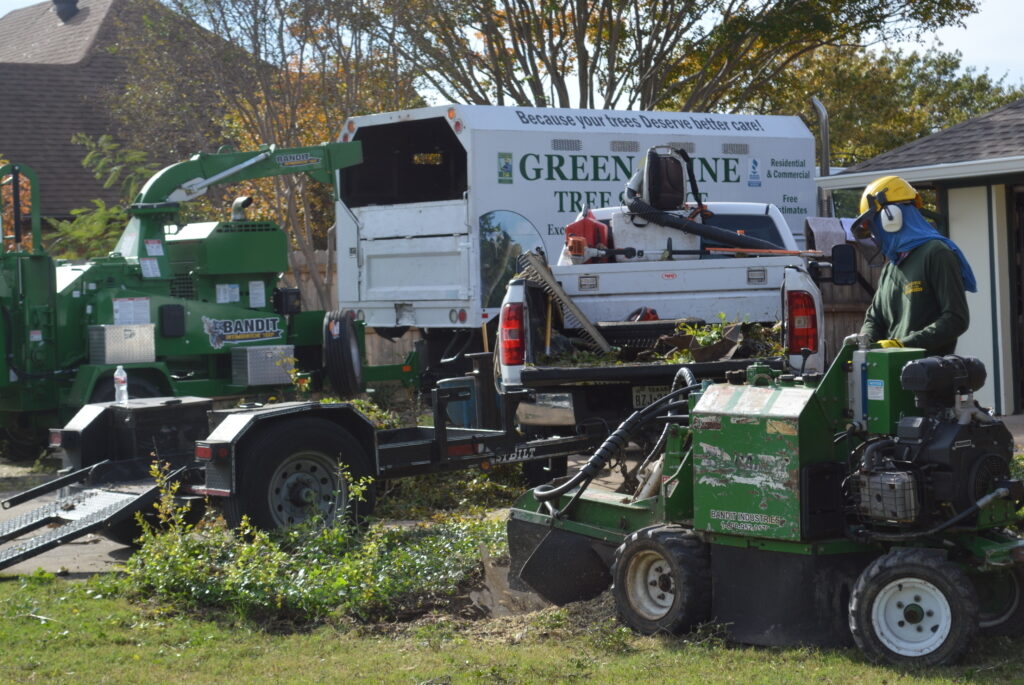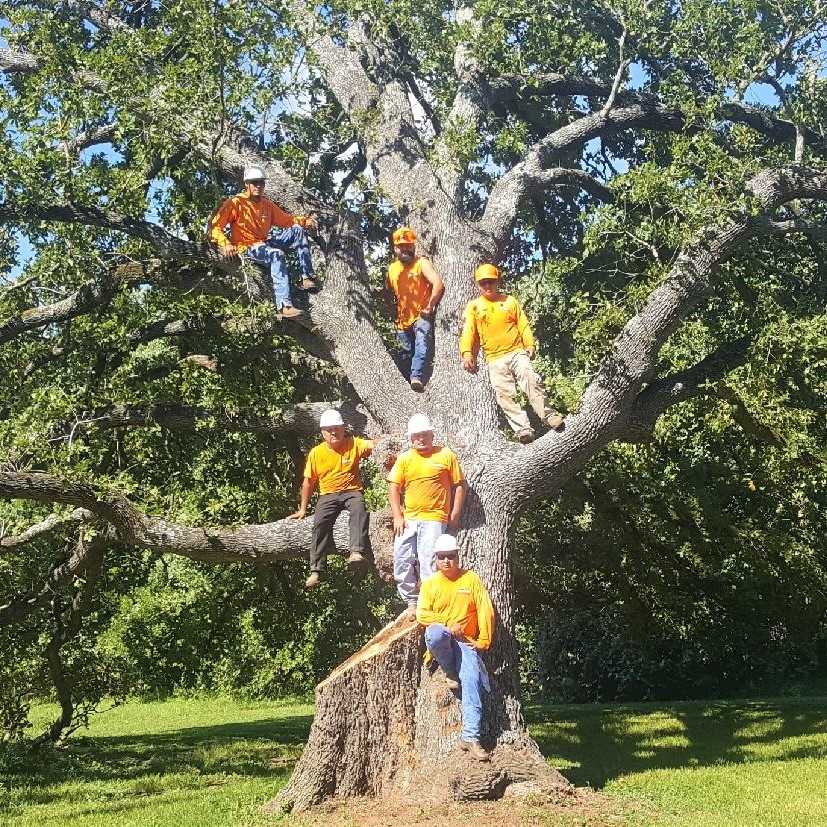Best Time to Prune Trees
Introduction
Pruning trees might seem like a straightforward task, but knowing the right time to do it can make all the difference in your tree’s health and appearance. Pruning not only helps trees grow strong and healthy, but it also enhances their shape and ensures they don’t become a hazard. So, when exactly is the best time to prune your trees? Let’s dive into the details.
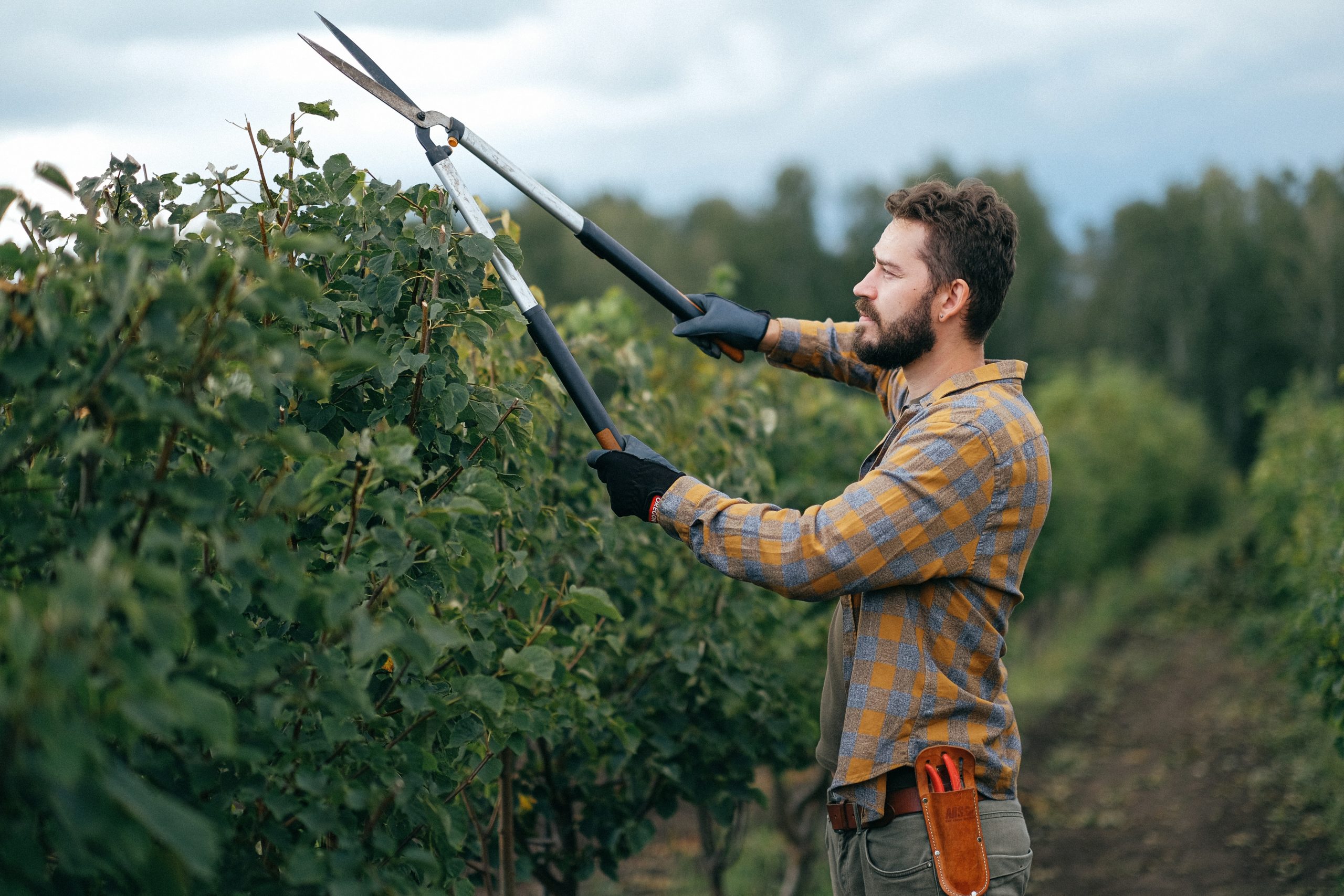
Why Pruning Matters
Pruning is more than just cutting off a few branches. It’s an essential part of tree care that can boost the health and longevity of your trees. By removing dead or diseased wood, you reduce the risk of decay and allow more sunlight and air to reach the remaining branches. Proper pruning can also improve the tree’s structure, making it more resilient to storms and other natural stressors.
However, pruning at the wrong time or using incorrect techniques can harm your trees, potentially causing stress, disease, or even death. That’s why understanding when and how to prune is crucial.
Understanding Tree Growth Cycles
To determine the best time for pruning, it’s important to understand your tree’s growth cycle. Trees generally have two major growth phases: dormancy and active growth.
Dormant Season Pruning
The dormant season, typically during late winter, is often the best time to prune most trees. During this period, trees are not actively growing, so the cuts you make will cause less stress. Dormant pruning also makes it easier to see the tree’s structure without the leaves in the way.
Growing Season Pruning
Pruning during the growing season can be beneficial for specific purposes, like shaping or size control. However, it’s important to be cautious, as pruning during this time can stimulate new growth that may not harden off before winter, making the tree vulnerable to frost damage.
Factors to Consider When Pruning
Several factors influence the timing of your pruning, including the type of tree, your local climate, and the tree’s age and health.
Tree Species
Different tree species have varying pruning needs. For example, fruit trees are typically pruned differently from ornamental or shade trees. Understanding your tree species is key to knowing the best time to prune.
Local Climate
Your local climate plays a significant role in determining the optimal pruning time. In colder climates, pruning should generally be done before the first frost, while in warmer regions, you may have more flexibility.
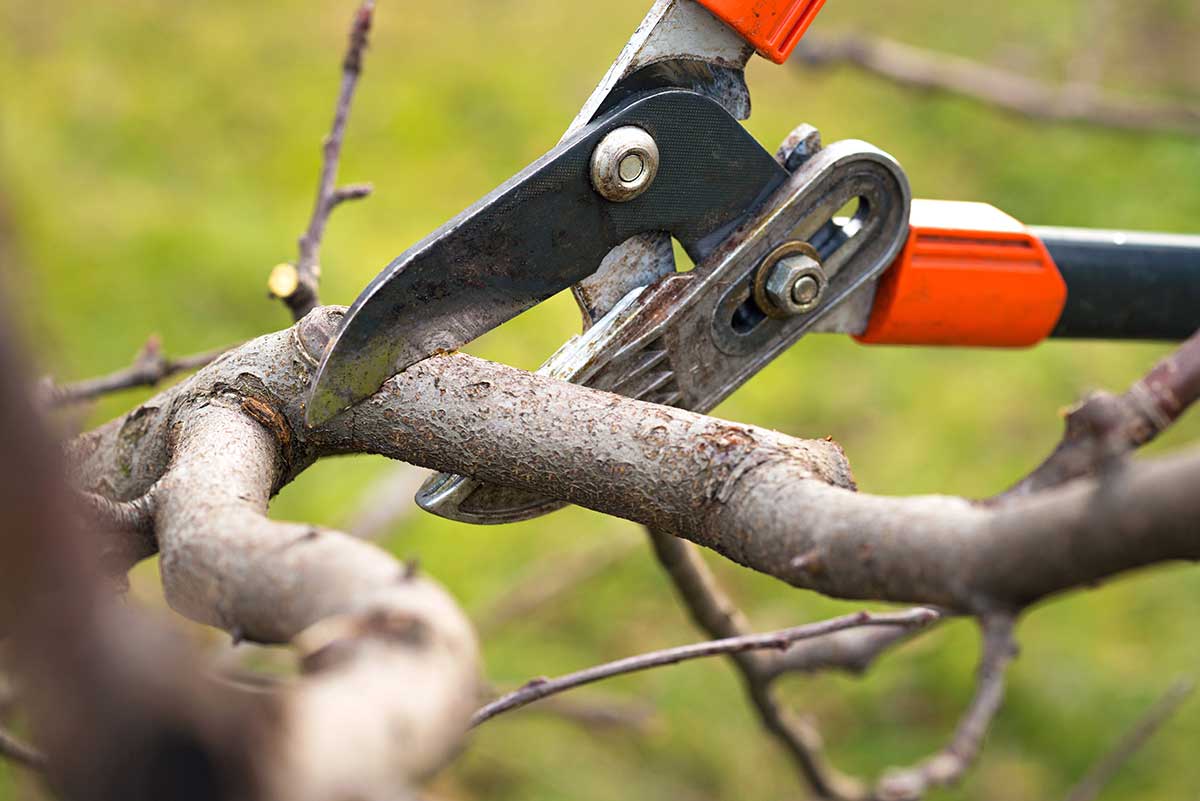
Tree Age and Health
Younger trees often require more frequent pruning to establish a strong structure, while older trees might need less frequent but more careful cuts. Always assess your tree’s health before pruning, as a stressed or diseased tree may not respond well to pruning.
Optimal Timing for Tree Pruning by Species
Now, let’s look at the best times to prune different types of trees:
Deciduous Trees
For deciduous trees, late winter to early spring is ideal for pruning. At this time, the trees are still dormant, but they are about to start their growth phase, which allows the cuts to heal quickly once growth resumes.
Evergreen Trees
You can also prune evergreen trees during late winter or early spring. This timing helps to avoid new growth that could be damaged by cold weather. However, light pruning can also be done in summer if necessary.
Fruit Trees
Fruit trees require careful pruning to ensure a good harvest. Late winter is perfect for structural pruning, while summer pruning can help control the tree’s size and manage fruit production.
Flowering Trees
Flowering trees are a bit different. The best time to prune these trees is right after they finish blooming. This allows you to enjoy the flowers and then prune the tree without affecting next year’s bloom.
Exceptions to the Rule
Some flowering trees, like those that bloom in late summer, should be pruned in early spring before new growth starts. Always know your specific tree’s needs to avoid cutting off next year’s flowers.
Seasonal Pruning Guidelines
Each season offers unique opportunities for pruning, but it’s essential to know the pros and cons.
inter Pruning Pruning during the winter, or dormant season, is often recommended for most trees. The absence of leaves makes it easier to see the tree’s structure, and the cold weather reduces the risk of disease transmission.
Spring Pruning
In spring, trees experience a growth spurt. Pruning during this time can help you manage excessive growth and shape the tree. However, avoid heavy pruning, as this can stress the tree.
Summer Pruning
Summer pruning is great for controlling the tree’s size and managing the shape. It can also help redirect the tree’s energy into producing fruit or flowers rather than excessive growth.
Fall Pruning
Fall is generally not recommended for pruning. The cuts heal more slowly, and there’s a higher risk of introducing disease. It’s best to wait until the tree goes dormant.
Crown Reduction
Crown reduction trims down the tree’s overall size by cutting back to a side branch. This method is used when a tree has grown too large for its location.
Common Pruning Mistakes to Avoid
Even when aiming for perfection, pruning errors are quite common. Here are a few frequent mistakes to avoid:
Topping Trees
Topping, or cutting off the top of a tree, is a harmful practice that leads to weak, unstable growth. Instead, use crown reduction techniques.
Ignoring Tree Health
Pruning a tree that is already stressed or diseased can exacerbate the problem. Always assess the tree’s health before making cuts, and if in doubt, consult a professional.
Tools and Safety Tips for Pruning
Using the right tools and taking safety precautions can make your pruning job easier and safer.
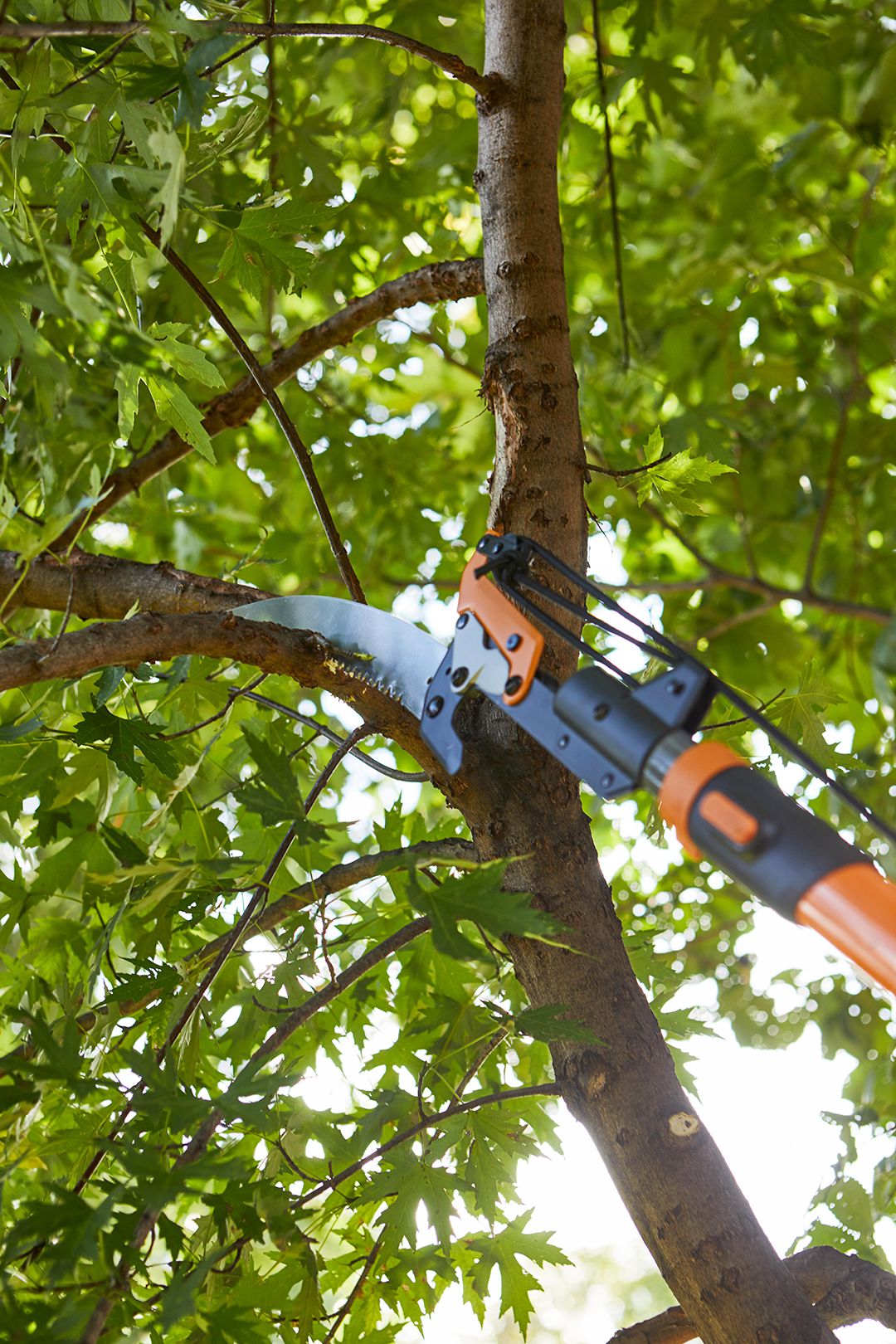
Safety Precautions
Wear protective gear, such as gloves, safety glasses, and a hard hat if you’re working under large branches. Always be aware of your surroundings, and never attempt to prune near power lines or from an unstable position.
